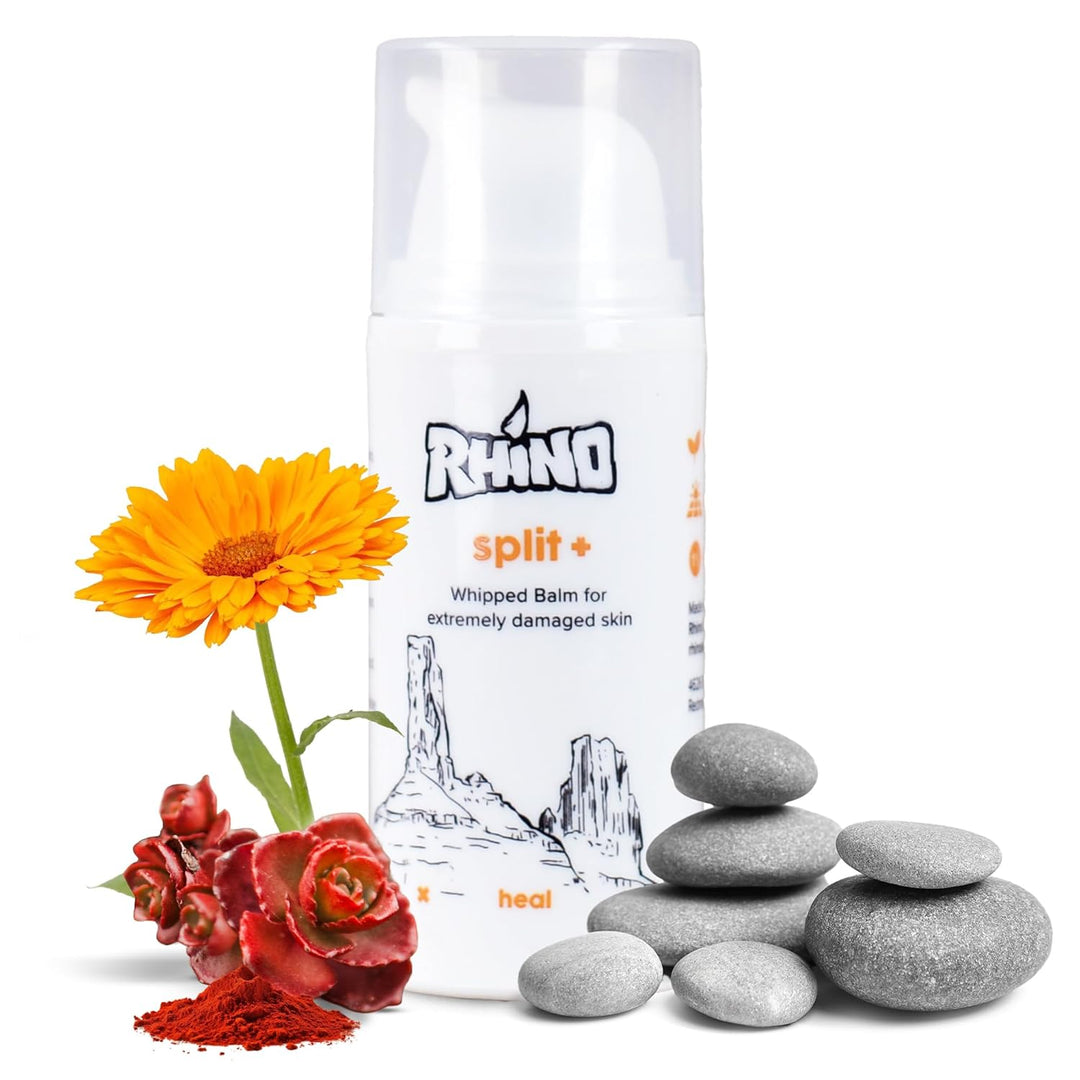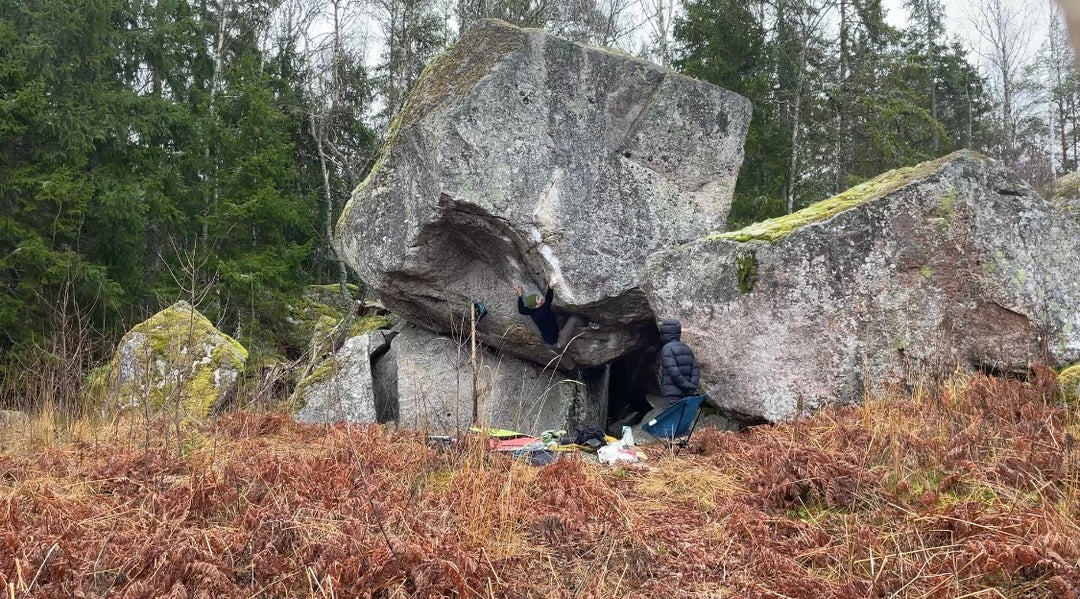Retooled

After returning to climbing, being fortunate to set a few firsts, speed records, and growing the adaptive knowledge I was learning, I felt a bit lost as to what I wanted my life to look like going forward. Winning comps and doing routes first as an adaptive climber felt great, but that feeling was very fleeting and at the end of the day, I felt like something was missing. Enter my friend Timmy O’Neill.
I had just returned from a trip to Yosemite when I got a text from him asking me to come and teach a few veterans who were missing limbs, to climb in Eldorado Canyon. My first reaction was no, but I went anyway since Timmy is not only a friend, but very persuasive when he wants to be.
I showed up in the park and met the vets who ranged in age from about 21 and topped out at I’m guessing, 25, in short, they were young and VERY disabled. Two were missing legs and one had severe paralysis but all three had a drive to learn something new and be outside. After we went through the basics, we spent the rest of the day on climber movement, how an adaptive athlete has to, well, adapt, to be successful, and ways we can help each other to be part of a bigger community.
I was hooked on this process and was 100% psyched to make this how I lived my life. I could do the thing I loved, climbing, and teach, and guide, others who were going through a horrific set of life circumstances but also willing to learn something new and hopefully latch onto a better quality of life.

My clinics started off small, maybe one or two climbers, but the impact on me was always the same. I couldn’t believe the difference I would see in these vets after just one day of climbing. They had come from a world where the medical community, family and friends were telling them all the things they wouldn’t be able to do anymore because of their condition. But here I was, a guy who had gone through some of the most horrific things, but was giving them permission to try something that most thought of as a “fringe†sport that disabled people just were not a part of. On paper, my injury list is almost always longer then the people I work with. I amputated my leg, my back and neck are fused, and I suffer from chronic pain from all my injuries, yet I see and feel the power that climbing has had on me. It allows me to do so many things that my medical community, family and friends, just thought wasn’t possible . I simply took what worked for me and transferred it over to them in the form of a climbing clinic that teaches the basics of climbing but more than that, how to have a better quality of life. In some cases such as my own, even a better quality of life then pre-accident!?

By teaching how to navigate our new normal, we are able to see how climbing and the natural world, can help in our healing and change the narrative that we build in our head. When someone shows you a new normal, I think our brain wants to chase that in most cases. No, not all folks click with climbing, and I’m very honest with my participants, that they may not, but hopefully it opens their eyes to change and what’s possible .

By teaching how to navigate our new normal, we are able to see how climbing and the natural world, can help in our healing and change the narrative that we build in our head.Â
I’ve been doing these clinics for the past 15 years now, all over the US, Canada, and this next year, in South America. I see the same thing everywhere I go, a group of humans who are ignored, pushed aside, and in short, made to feel of less worth. This may not come out overtly, but its the subtle things I and them, as disabled humans, see and feel from people on a regular basis. The stares, questions(unsolicited) and the speaking down upon from people when we may just be at the store buying lettuce. It’s not that inspiring, it’s just lettuce!
My idea is to make climbing and the outdoor world more welcoming to people of all abilities. I work with climbing gyms, land managers and hospitals to make climbing and our world more inclusive. And I also hope and try hard to build a community of like minded people who wan to help and support each other. I’ve seen adaptive climbing grow in popularity and seen first hand people doing amazing things as not adaptive climbers, just being climbers.

We are all a step away from having a disability, that scares most people, but speaking from someone who has been through the machine, your life can be fulfilling no matter your circumstance. We all fell in love with this sport, lifestyle, whatever you want to call it, and sharing it with others, for me, has been how I retooled after my accident. Get involved, volunteer at an adaptive event that resonates with you. There are programs all around the world, so get out there and help someone else retool and move forward.






Leave a comment